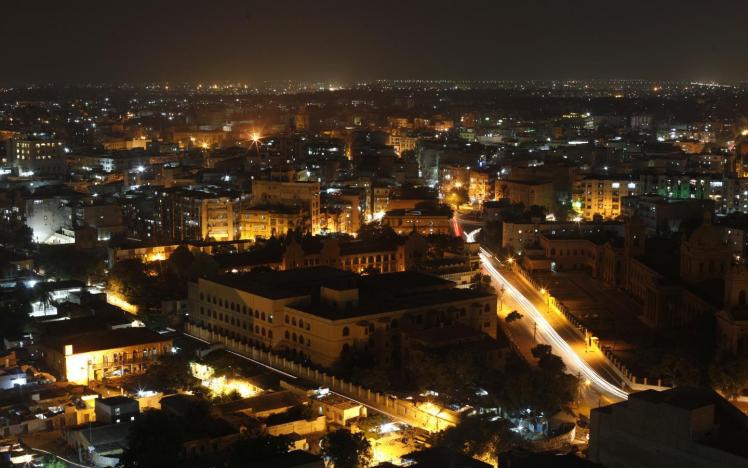by Shreekant Gupta
During a recent visit to Delhi I mentioned to my aunt that I planned to visit Rawalpindi next week for a wedding. Her expression changed to one of worried concern. “But beta is it safe to go there?” she asked. I assured her that if there was one country in the world where I could blend and not feel out of place and where I was welcomed with open arms it was Pakistan. Having been there on four previous occasions once with a group of students from the Delhi School of Economics traversing the country for two weeks, I had ample experience of the legendary Pakistani hospitality and warmth to assuage her fears. But her comment set me thinking. Why is Pakistan attracting such bad press these days? It is often dubbed as the most dangerous place in the world. Certainly there are parts of the country that are seriously troubled and occasionally the violence spills over into the major cities.
Partly the reason is that we as readers or viewers only get to read or see ‘newsworthy’ events. In the media it is not the sameness and humdrum of everyday life that sells but stories of disasters, crime and other out-of-ordinary events. However, terrible events may happen but millions of people also go about their daily lives in all these ‘most dangerous’ places. When I pick up the Strait Times and see pictures of mayhem in Pakistan, I juxtapose it in my mind’s eye against Tari apa in Pindi tending to her bucketful of pickles in her kitchen every morning and Idris bhai looking at himself in his bathroom mirror. But then these would hardly make good copy.
Similarly, not many of us who do not live in South Asia realise it is marriage season there right now. As the evening air acquires a nip and woollens gradually start appearing, houses in Pindi and Lahore and Delhi and Amritsar are echoing to the sound of dholaks. In the Afridi family there is much joy since Bobby bhai, a confirmed bachelor, has at long last succumbed to pressure and is going to be married soon. His gaggle of female cousins are busy every evening practicing Bollywood dance numbers for mehndi night. I am told that the most popular number to be choreographed this season is ‘maujan hee maujan’ from the recent Bollywood hit Jab We Met. A couple of years ago it was ‘Gajra-re’ from Bunty aur Babli (and at a mehendi in Lahore I had to remind myself I was not in Delhi)
The message I derive from watching these festivities from afar is not one of callous indifference to the country’s troubles by its elites but one of affirmation of life and hope amidst turmoil. Yes, Pakistan may well be undergoing a crisis and things are not hunky dory. But people are going about their daily lives and marrying and meeting and yes, trying to have a bit of enjoyment in their lives. While columnists and think-tanks dissect the events and pontificate over the future of Pakistan it is the people who are affirming their resilience and that of their nation. Indeed, the sounds of the dholak may yet drown that of guns.
The writer is a visiting senior research fellow at the Institute of South Asian Studies in Singapore. Email: ecsgs@nus.edu.sg



